Why Prefab Construction Is Faster Than RCC Construction
Prefabricated construction for buildings is a new-age and eco-friendly construction approach that offers several advantages over traditional on-site construction methods. These structures are built faster, and are more sustainable and easier to maintain than traditional structures.
Nest-In from the house of Tata Steel is a leader in prefabricated construction solutions in India, offering a diverse range of solutions for Light Gauge Steel Frame (LGSF) construction and modular construction of offices, hospitals, clinics, schools, homes, cabins, and more.
Nest-In's prefab construction has many unique benefits over traditional Reinforced Cement Concrete (RCC) construction. In this blog, we will explore the reasons why construction of prefab buildings is faster than RCC construction, and why it's a promising solution for the modern era.
Faster Foundation Work
Prefabricated construction requires less extensive foundation work as compared to traditional RCC structures. Since prefab buildings are lighter, they don't need deep foundations for stability and load-bearing capacity, and have less dependency on heavy machinery like exacavators, earth movers, and cement mixers to dig and build deep foundations.
Off-Site Manufacturing
In prefab construction solutions like HabiNest and Nestudio, the building components and materials are manufactured in a factory-controlled environment, and are transported to the site only for final assembly.
For Nest-In’s modular construction solutions like MobiNest, EzyNest, and ChargeNest, the entire structure is made in the factory, and is transported to the site only for final installation, and electrical and plumbing connections.
Manufacturing of components in a factory-controlled environment ensures much more precision in construction materials than found in RCC construction methods. The prefab construction components are also unaffected by external factors such as adverse weather conditions like rain, floods, landslides, and excessive heat and cold. Additionally, there is less labour and manpower required in the overall prefab construction process. This makes it a smooth, quick, and all-weather construction solution. RCC construction, on the other hand, can be significantly delayed by adverse weather conditions and labour shortages.
What Makes the Construction Faster?
Nest-In's LGSF buildings are constructed at 2x faster speed than traditional RCC buildings. In addition to the processes mentioned in this blog, another aspect that contributes to this faster speed is the construction process itself: LGSF structures are built on-site by assembling ready drywall boards on fixed Light Gauge Steel Frames, as compared to RCC structures, which require long periods of time for laying bricks and drying cement and concrete.
Nest-In's modular structures are super-fast as compared to traditional RCC buildings. The factory-built structures or portable cabins are a plug-and-play solution, and only need to be installed on-site for electrical and plumbing connections.
Also Read:- PREFAB COMMERCIAL SPACES: A NEW PERSPECTIVE TO ARCHITECTURE
Prefabricated construction has gained popularity over traditional RCC because it can integrate green construction practices, sustainable materials, and a significantly faster pace of completion. Tata Steel Nest In's prefabricated homes and commercial building solutions are leading the way towards a future where speed and sustainability are essential for eco-friendly and sustainable construction practices.
Posted in Nest-In on Dec 19, 2023.
Contact Us
Recent Post
Climate-Resilient Construction: The Growing Demand For Weather-Ready Prefab Spaces
Stylish Modular Spaces Built for Every Terrain
How We Built Strong & Efficient Rolling Mill Main Pulpits In Ludhiana, Punjab
Climate Is Changing. Our Buildings Must Too: How Prefab Creates A Greener, Safer Future
Built for Emergencies: Why Modular Construction Is Ideal for Rapid Disaster-Relief Infrastructure
Category
- Nest-In 108
- HabiNest 65
- MobiNest 124
- Nestudio 28
- EzyNest 21
- Smart EzyNest 6
- ChargeNest 7
- Covid Offerings 4
- Brand 7







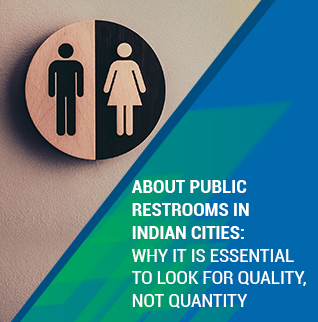



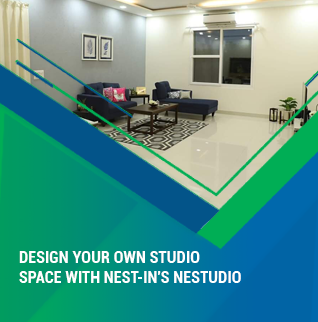






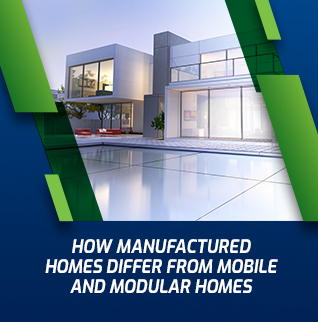























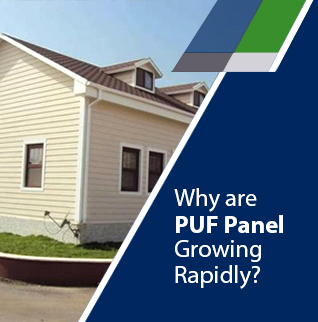







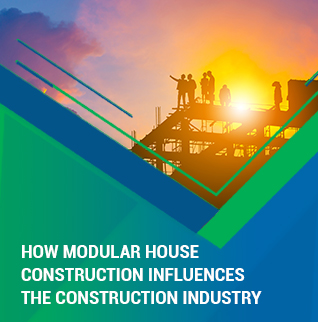







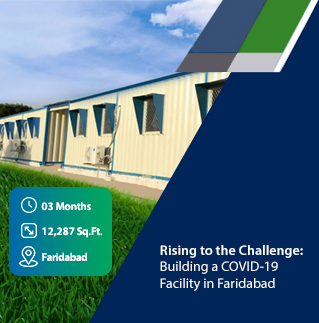




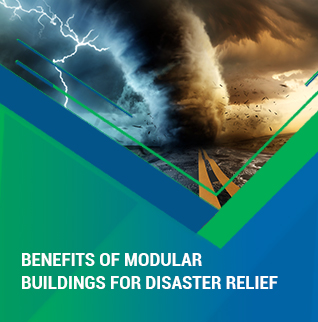

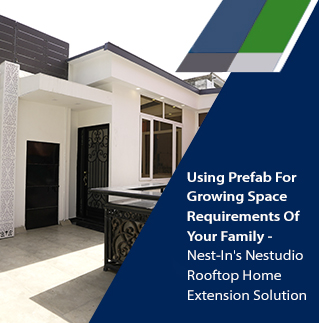




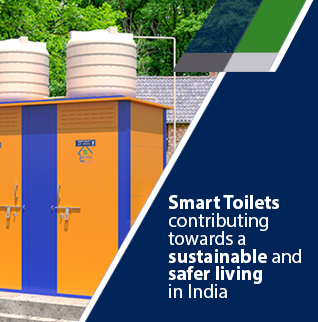







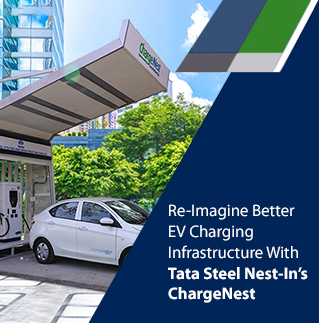




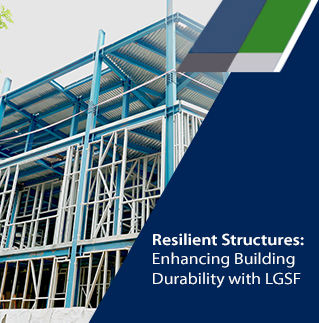

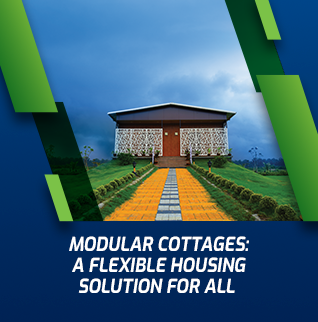












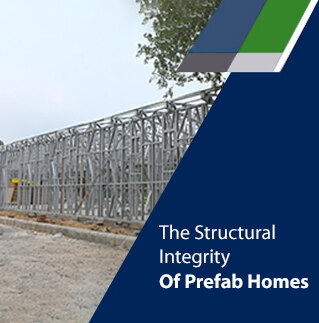















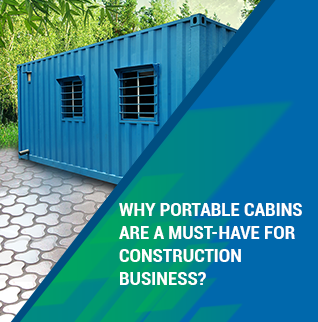


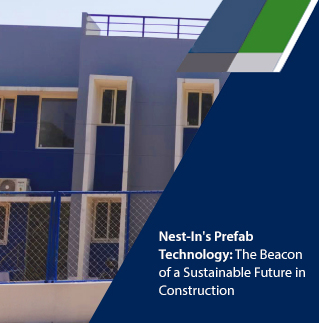




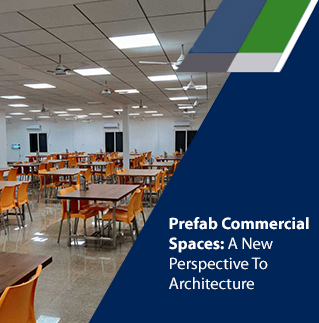
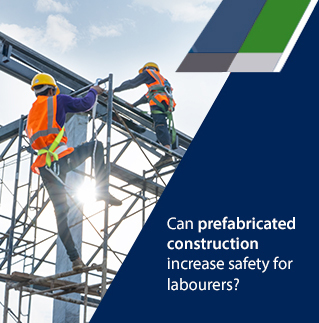

















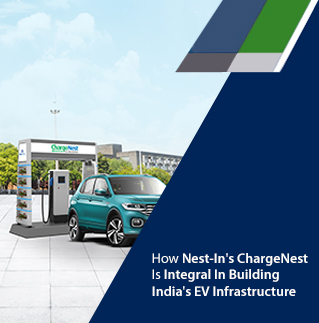
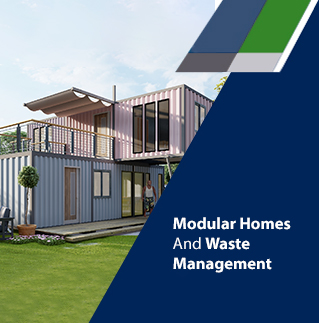







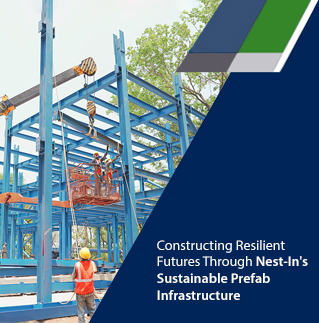



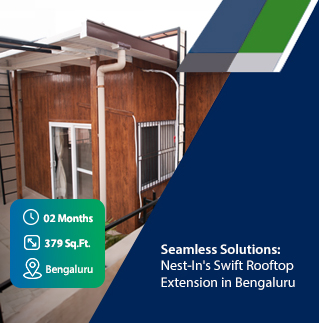







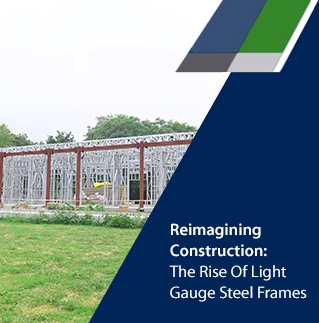


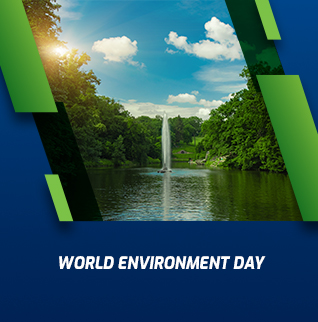








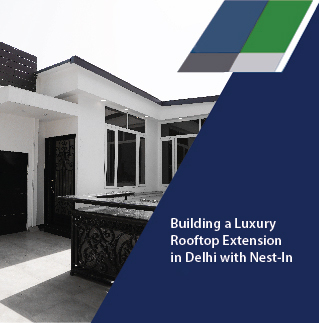












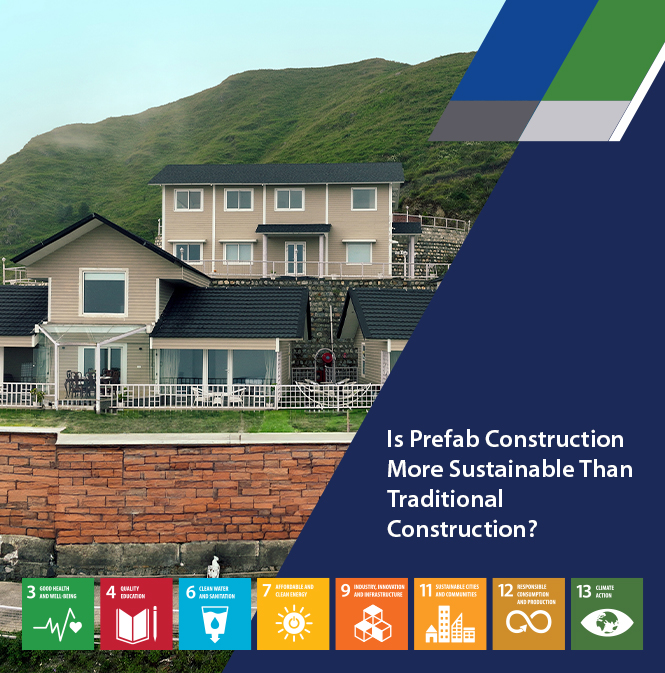


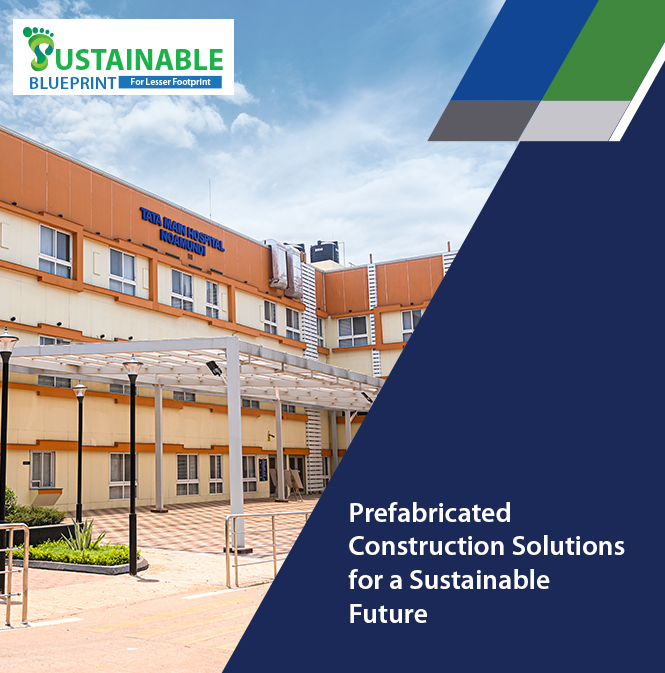
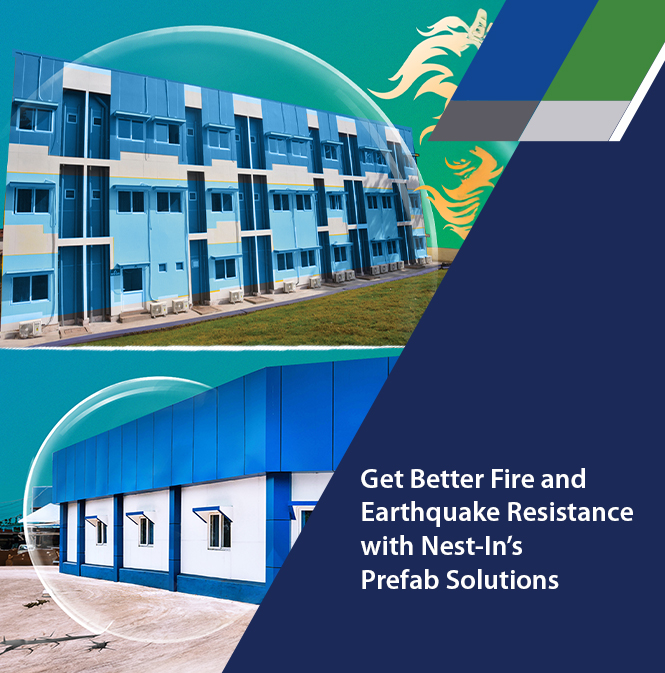













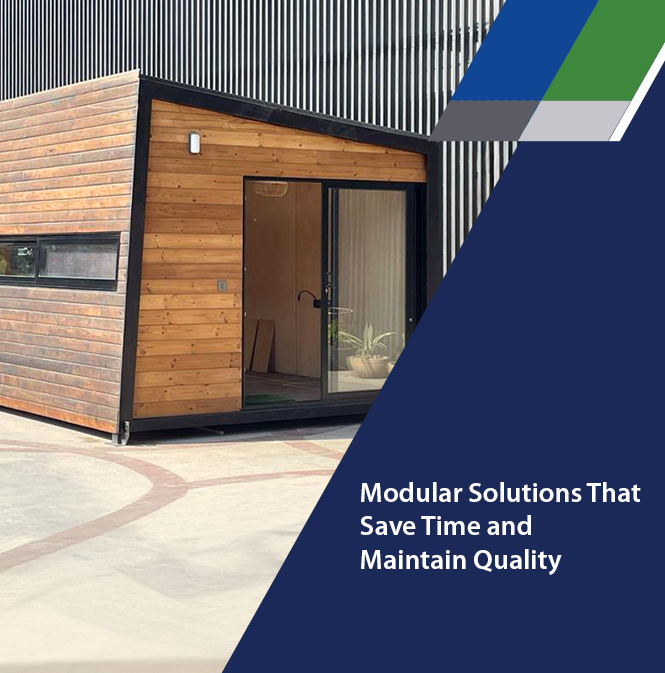




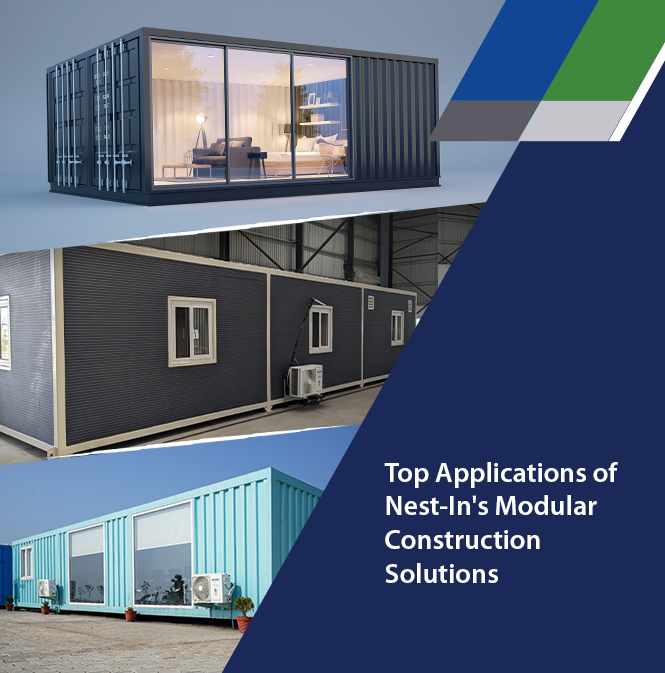




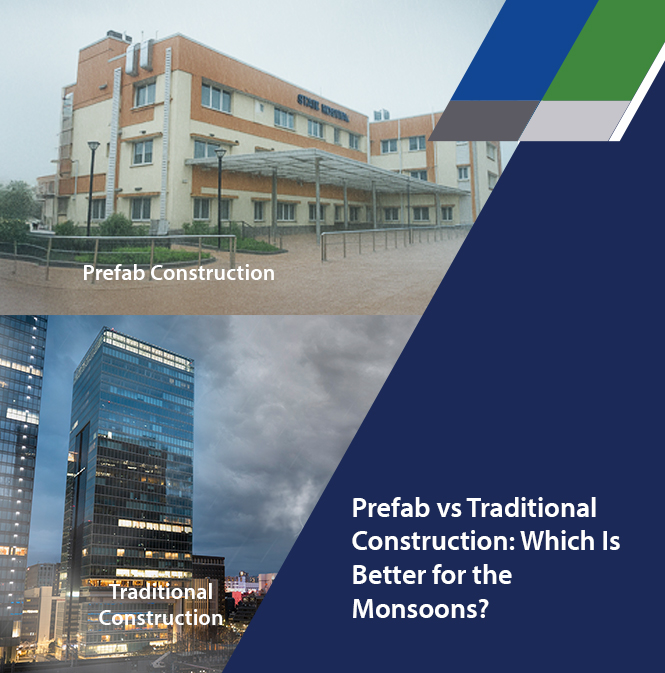




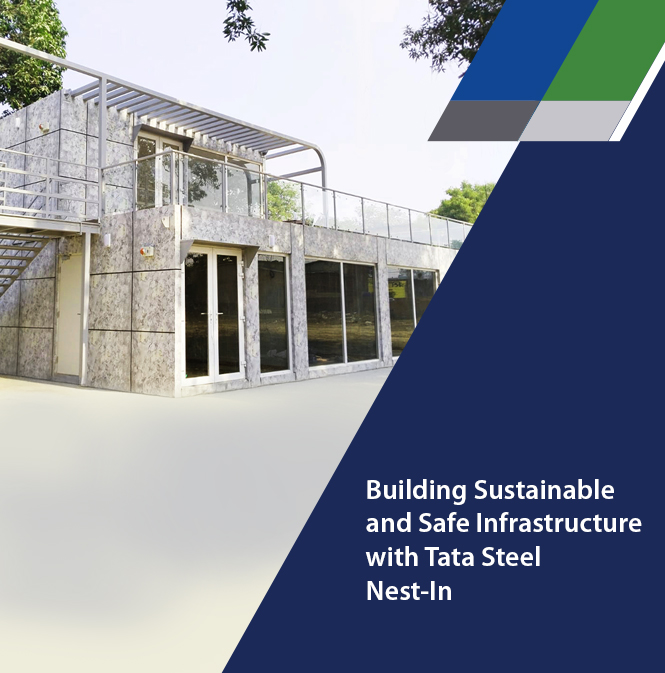

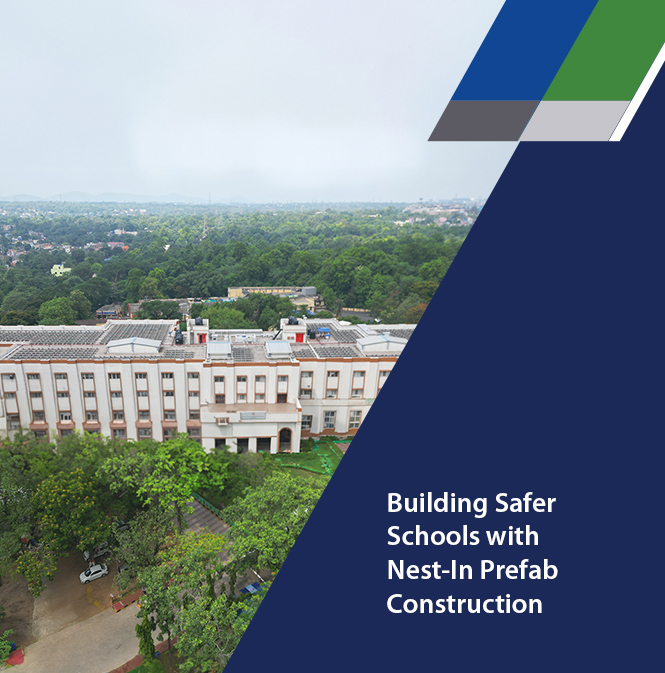



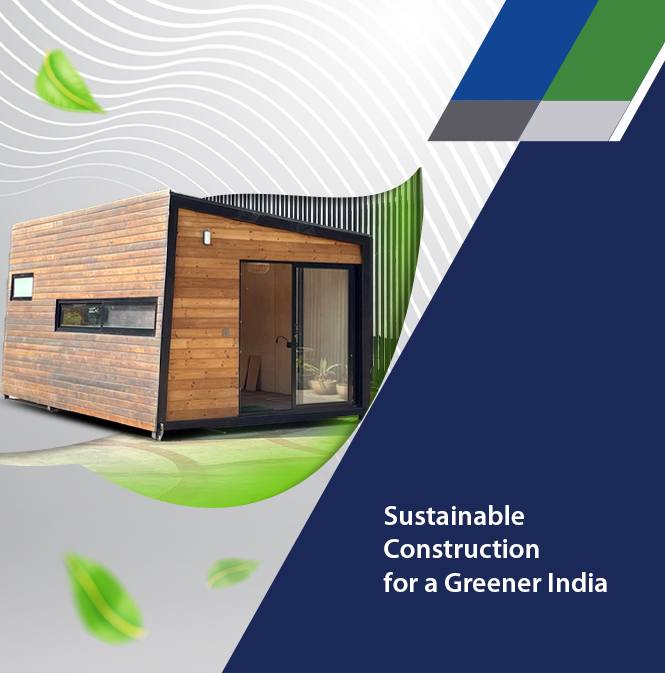

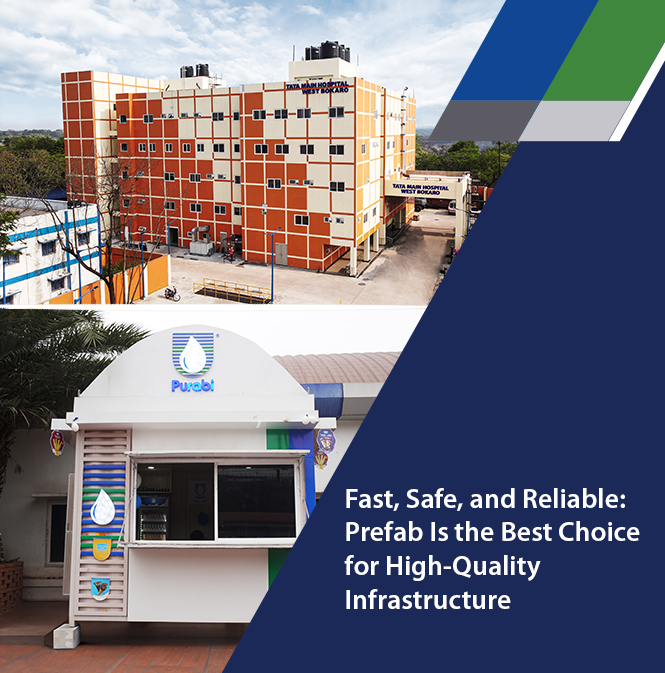


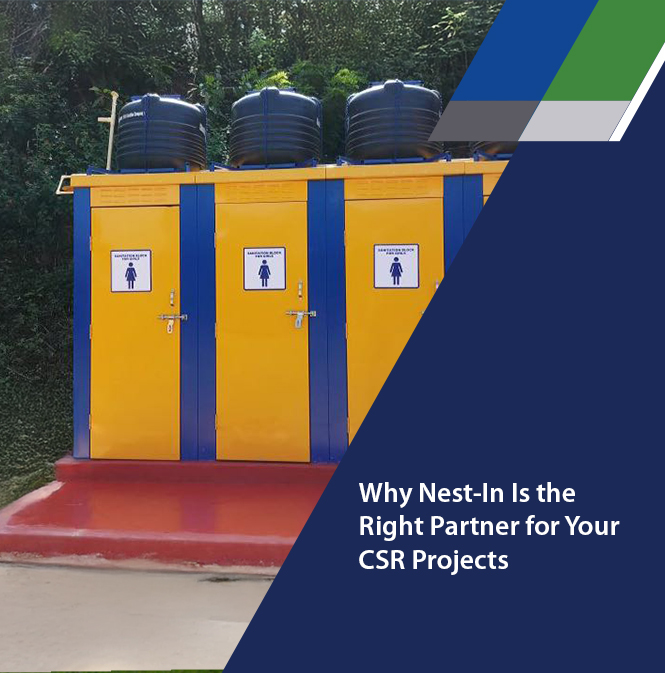
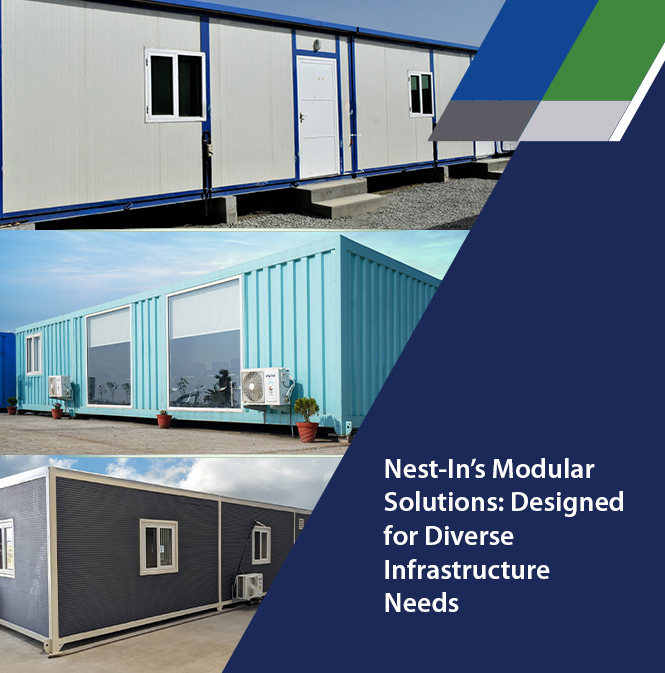




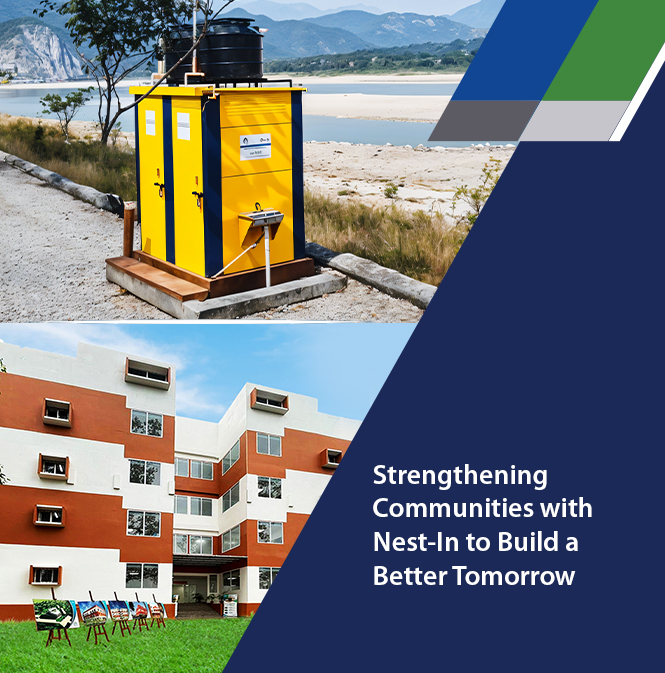





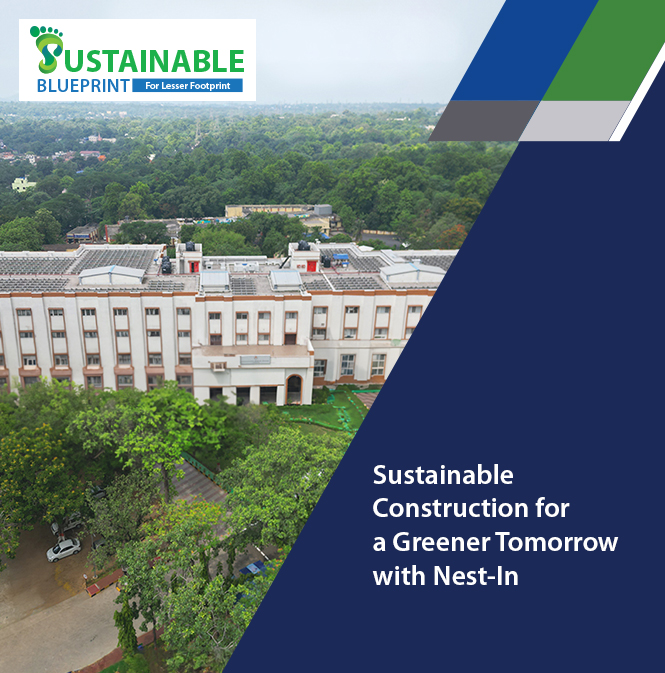
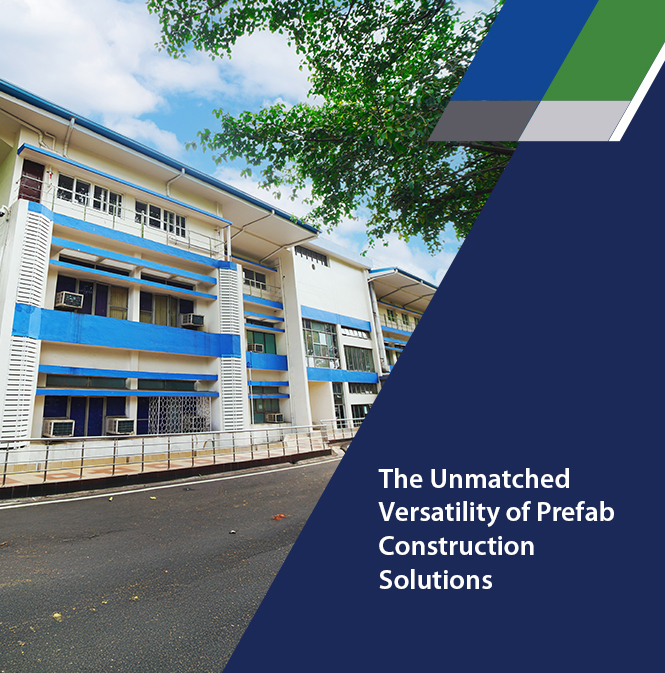





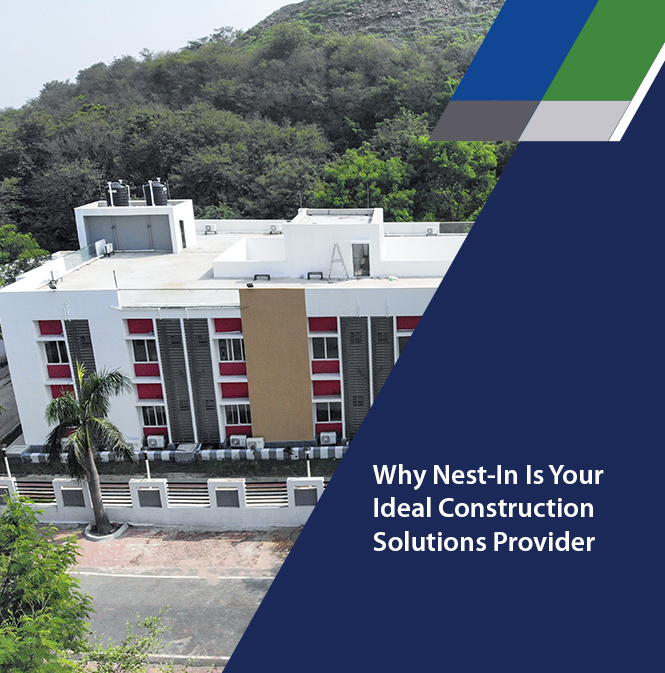
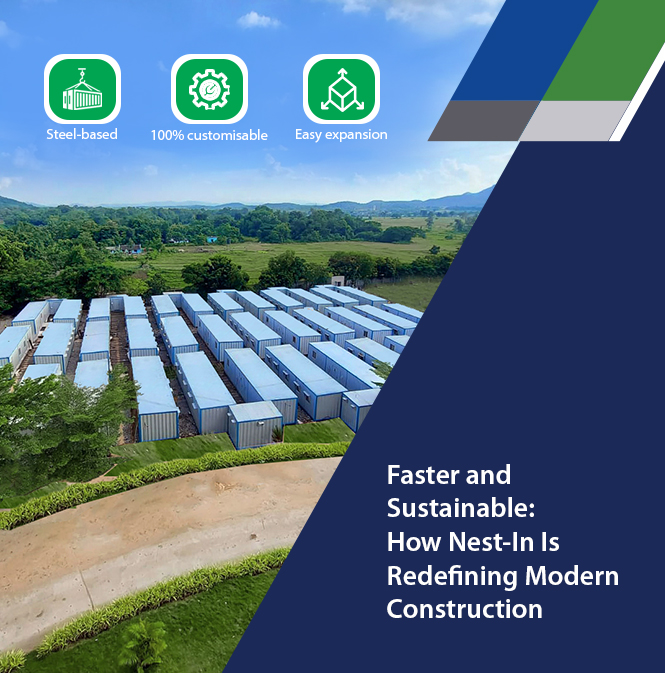
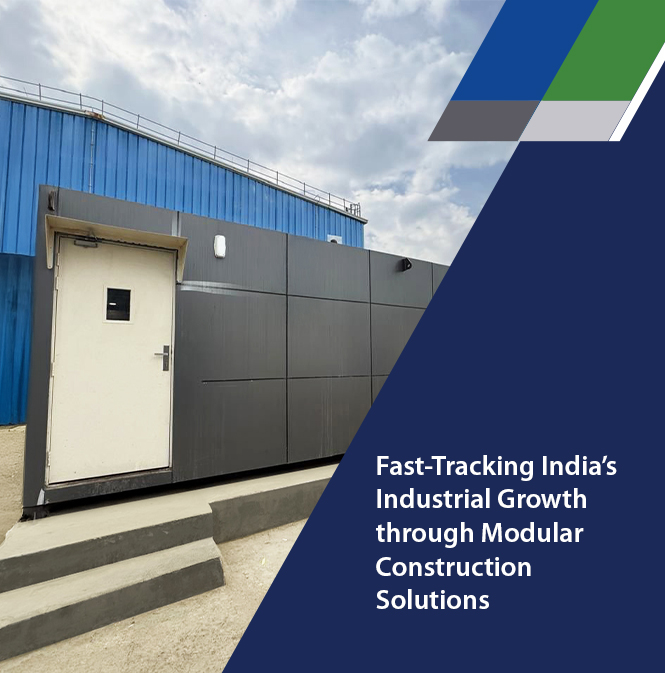


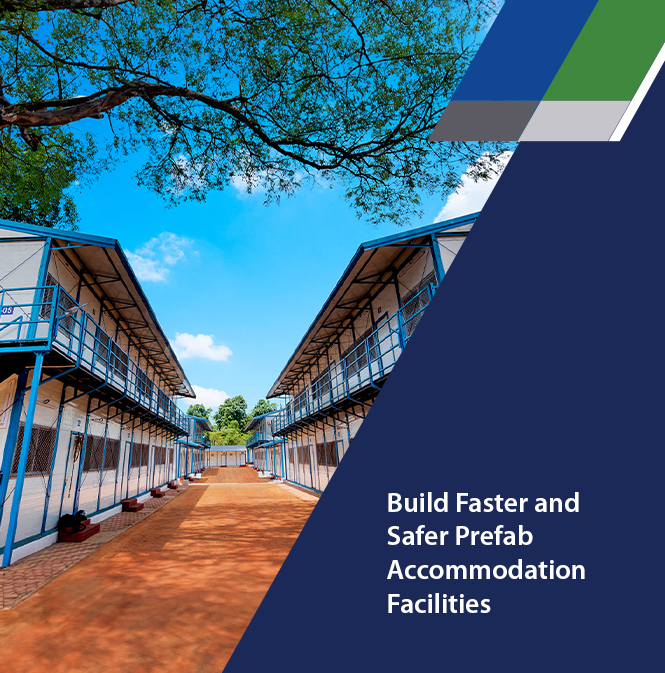










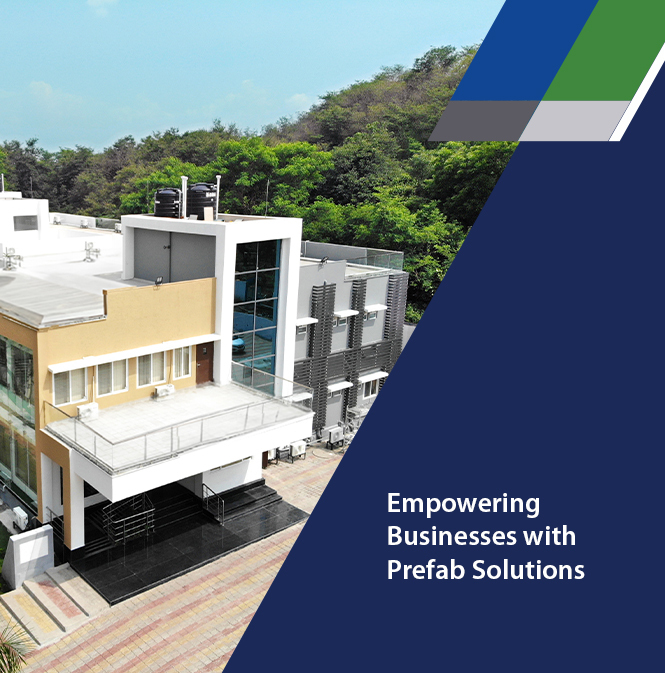



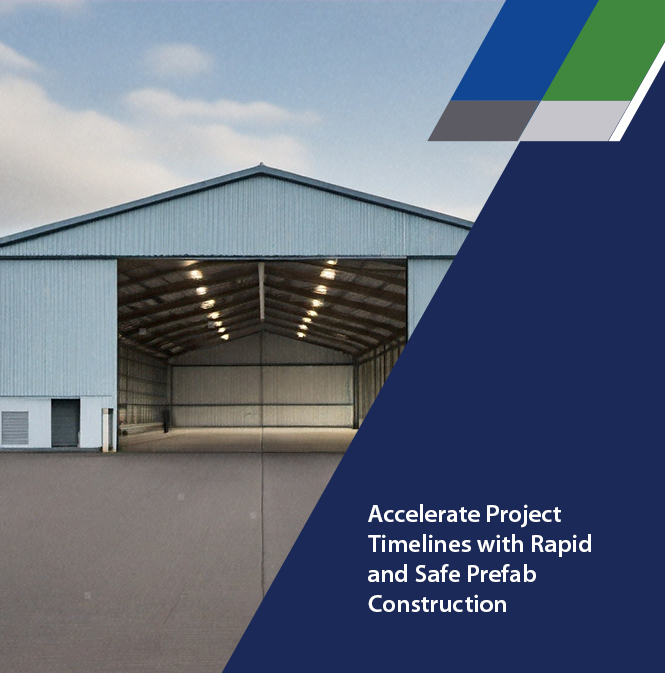



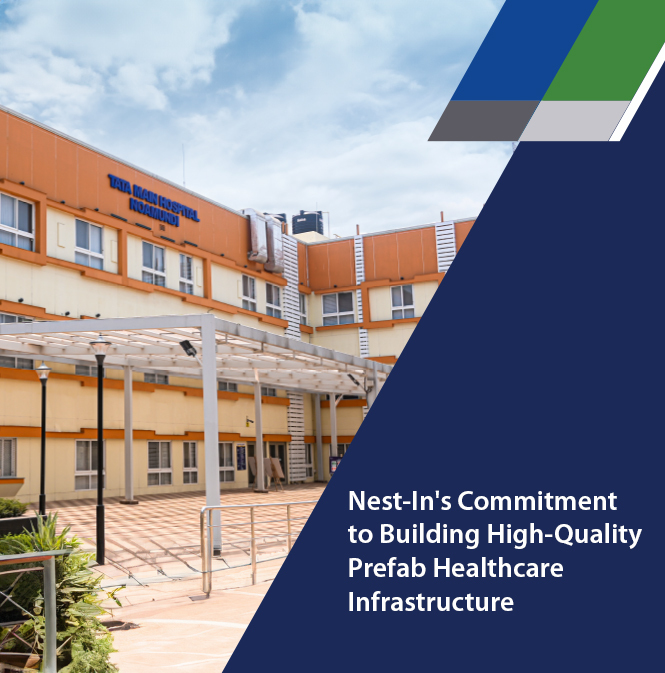
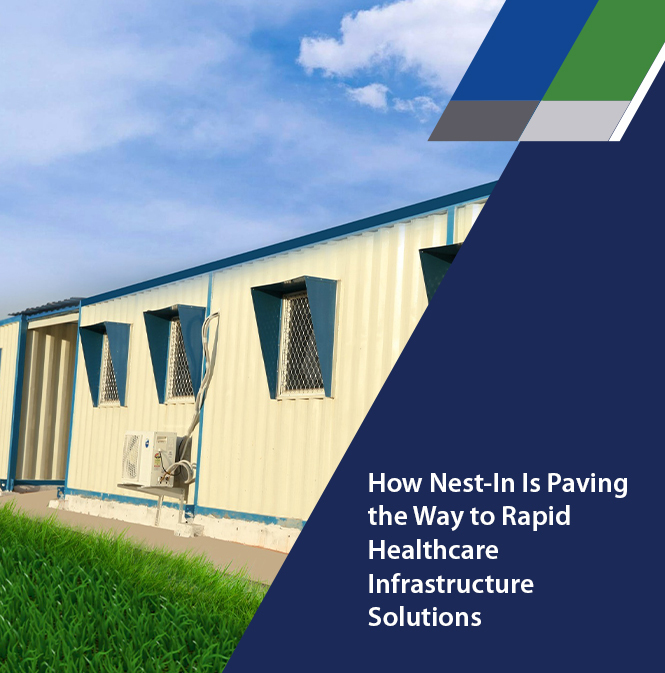








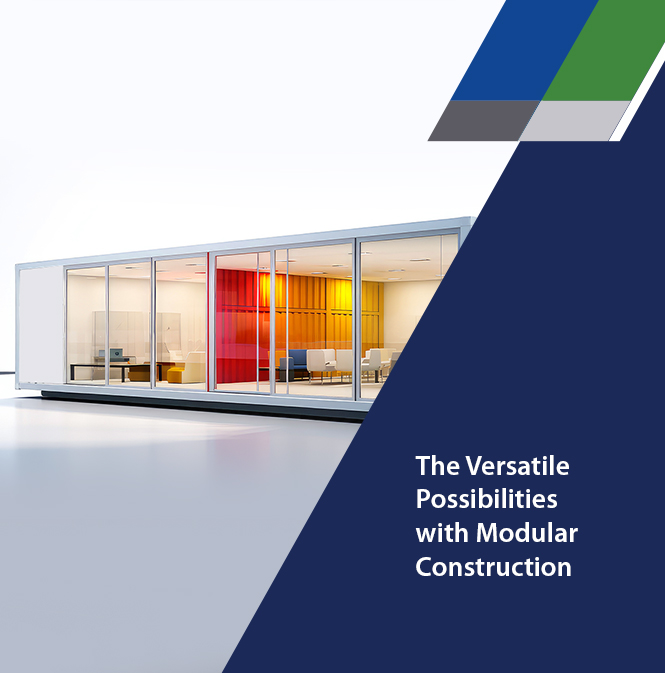
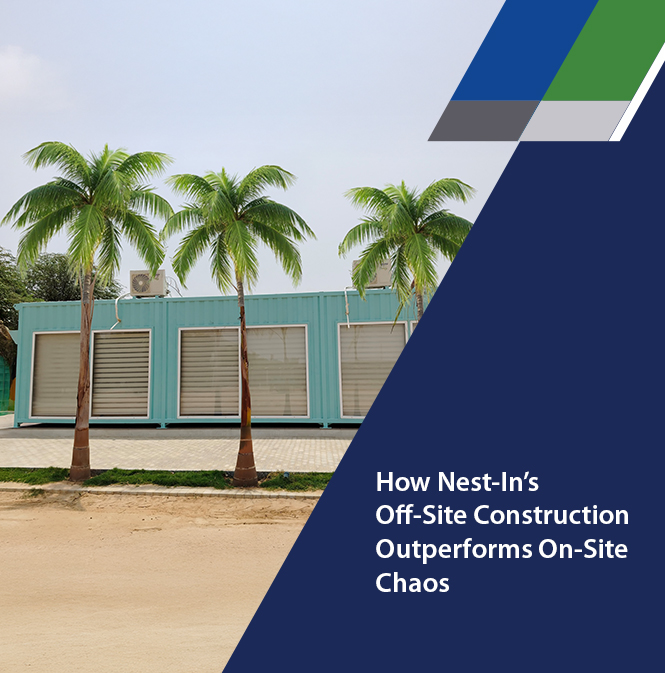
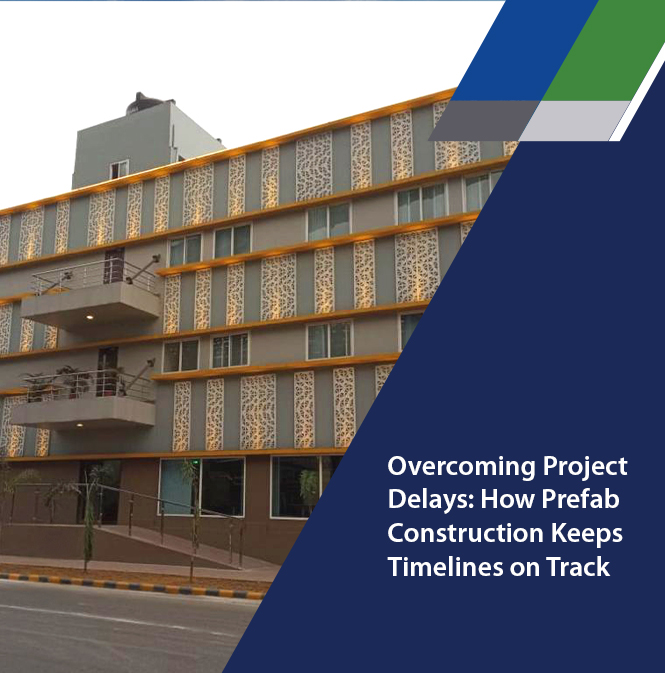
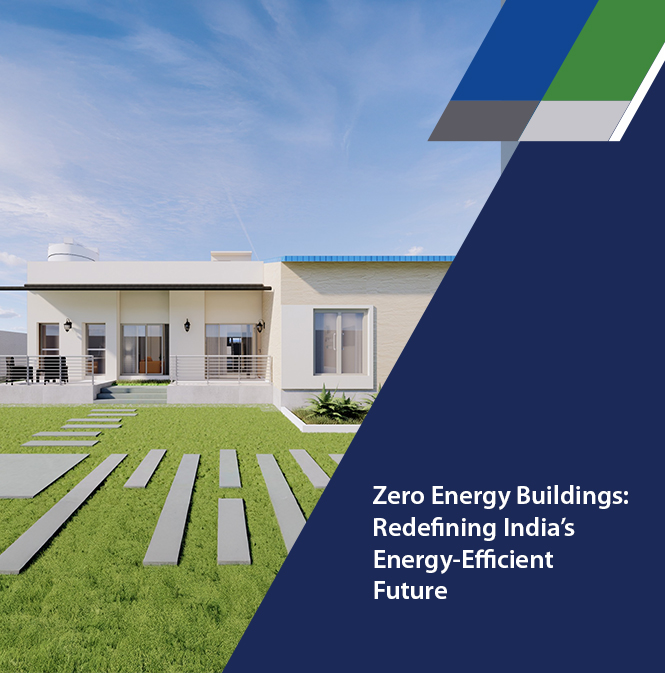







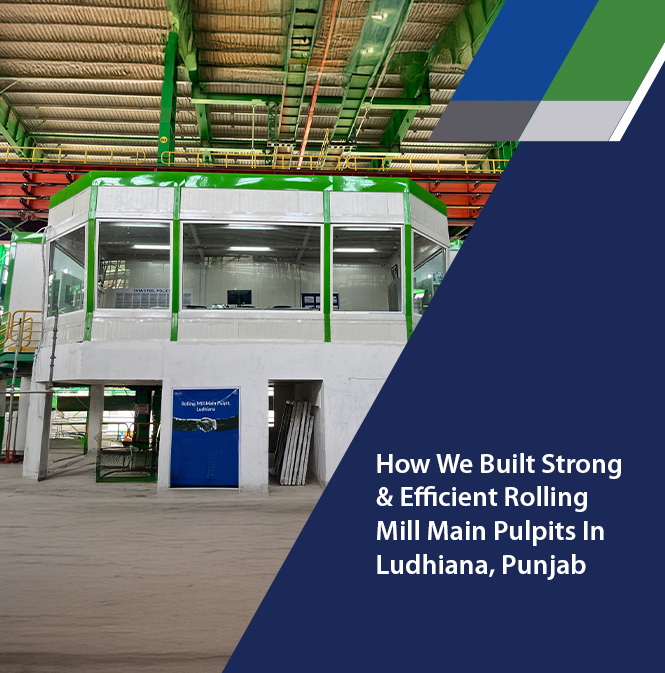

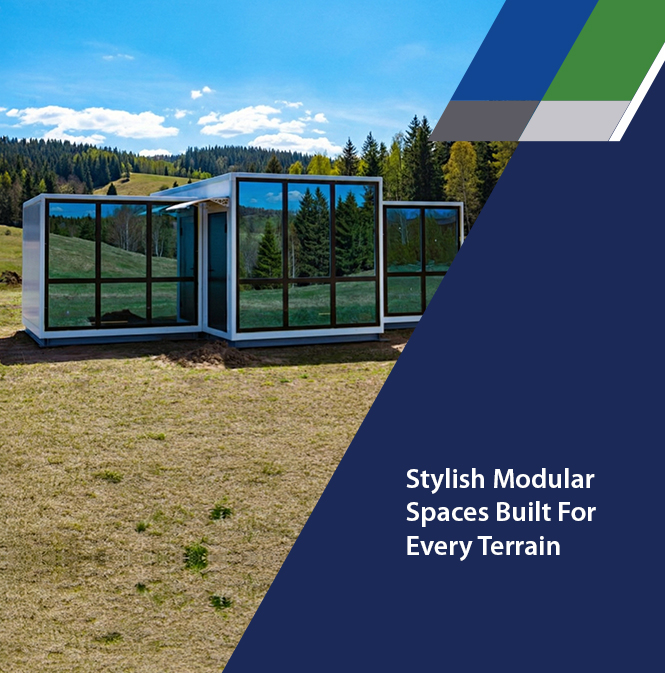



Add comment